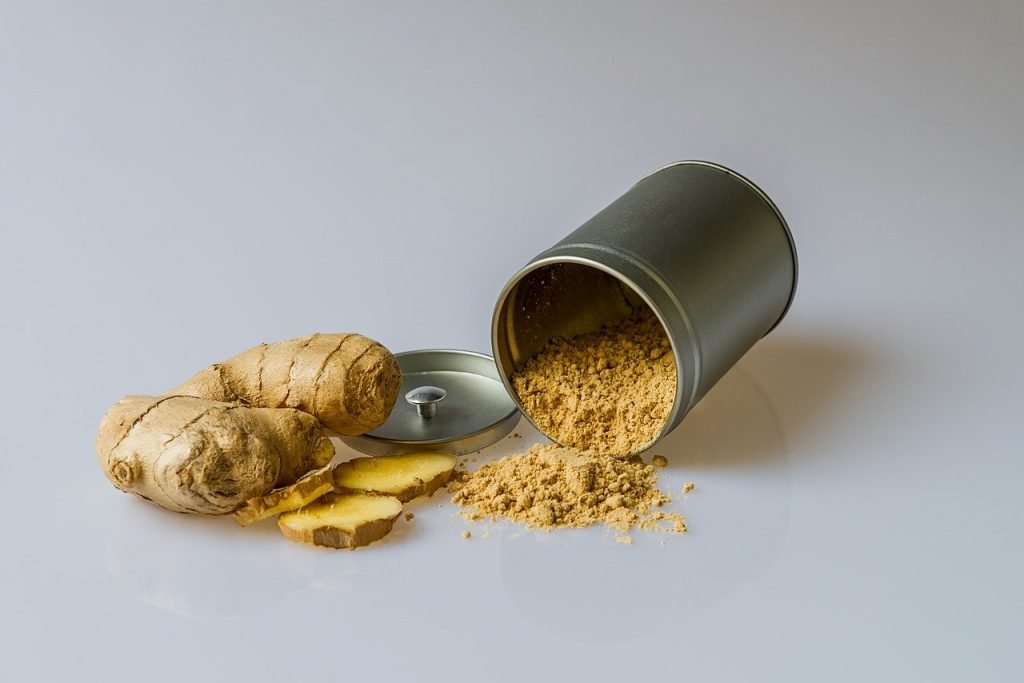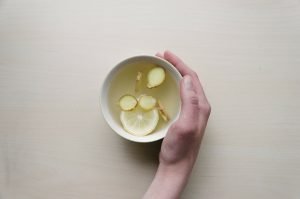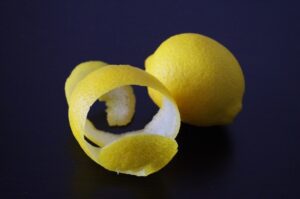7 Health benefits of ginger

Ginger, whether fresh or dry, offers a unique, spicy and lemony flavor. It serves to alleviate numerous discomforts and stimulate immunity.
Ginger is often considered to be a root, but it really is a rhizome , that is, the underground stem of a plant that is also known as ginger ( Zingiber officinale Roscoe ), which belongs to the Zingiberaceae family.
It seems to originate from some tropical zone in the Far East, although the cultivation of ginger has been spreading and is very popular in India, Indonesia, China, Nigeria, Central and South America, Polynesia and Australia.
For many years ginger has been a very important component in Chinese medicine – it is already mentioned in the Confucius scriptures – as well as in Ayurvedic medicine in India.
7 BENEFITS OF GINGER THAT MAKE IT ESSENTIAL
Ginger not only aromatizes and adds an unmistakable spicy flavor to our dishes, it is also attributed anti-inflammatory , feverish, antiseptic and analgesic properties, among others.
- Boosts immunity. It contains sesquiterpenes that fight the rhinoviruses that cause most colds.
- Alleviate the pain. It is so effective in relieving pain that people with arthritis or osteoarthritis are advised. This effect is due to gingerols.
- Avoid stiffness. Take a tablespoon of grated fresh ginger before exercising to prevent muscle aches.
- Rules without hassles. It works as well for treating period discomfort as drugs, but without its side effects.
- Goodbye to migraine! Ginger prevents constriction of the blood vessels that is the source of many headaches.
- Boost your memory. Protects neurons against amyloid proteins that cause their degeneration. This prevents Alzheimer’s and other diseases.
The multiple virtues that are attributed to ginger are mainly due to its richness in volatile oils .
It also has phenolic substances, proteolytic enzymes, linoleic acid, various vitamins (especially B6 and C) and minerals such as calcium, magnesium, phosphorus or potassium.
HOW GINGER IS TAKEN
In Asia it is usually used in the form of a fresh rhizome . Young rhizomes have golden skin and a more complex and less pungent flavor.
It is added whole or cut to soups and stews , and it is also grated and squeezed to get its juice.
Powdered ginger is obtained from the dried rhizomes . Its aroma and flavor are more pronounced and pungent. It is used in cooking as a spice.
It is also eaten pickled or pickled . Of soft pink color, it is a product of Japanese origin, called there gari, which usually accompanies sushi and maki. It is prepared with fresh rhizomes, vinegar, sugar and a pinch of coffee and salt.







